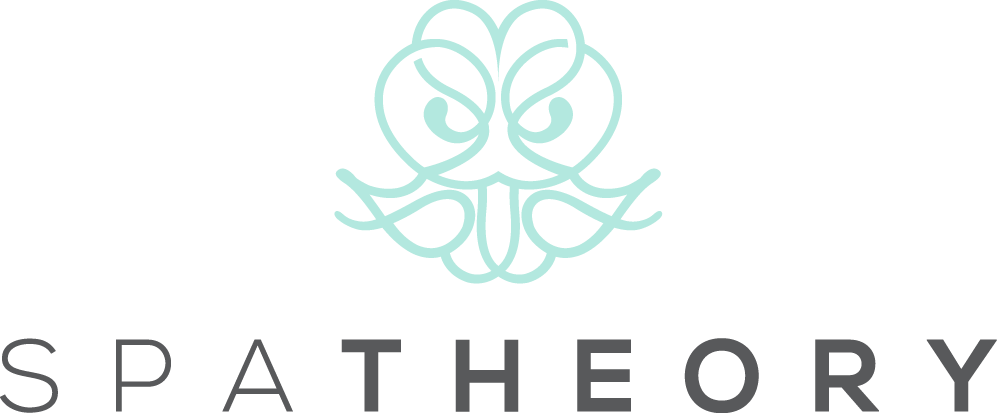Understanding Cranial Sacral Therapy: What You Need to Know
When it comes to holistic healing, craniosacral therapy offers a gentle, hands-on approach that seeks to improve the physiological function of the membranes and cerebrospinal fluid surrounding the brain and spinal cord. But what exactly is this therapy, and how does it differ from other massages? Let’s take a look.
Origins and Philosophy of Cranial Sacral Therapy
Craniosacral therapy, often referred to as cranial sacral massage, has its roots in osteopathy, and Dr. William Sutherland, an osteopathic physician in the early 20th century, is credited with its foundational concepts. Sutherland observed the subtle movements of the cranial bones and hypothesized that they have a significant influence on the body's overall health, and thus cranial sacral therapy was born.
The foundational philosophy of craniosacral therapy is that the body possesses an innate ability to heal itself; however, factors such as trauma, stress, and injuries can lead to restrictions in the craniosacral system, affecting the function of the central nervous system and potentially causing various health issues.
How It Works
Unlike a traditional massage for full body that focuses on manipulating muscle tissues, craniosacral therapy hones in on the membranes and fluid that surround, protect, and nourish the brain and spinal cord. Practitioners use a light touch, often no heavier than the weight of a nickel, to identify any restrictions or imbalances in this system.
Once detected, they utilize gentle manual techniques to release these restrictions, aiming to improve the flow of cerebrospinal fluid and optimize the function of the central nervous system.
For those unfamiliar with this therapy, understanding what cranial sacral therapy feels like can be a bit elusive; the touch is incredibly light, and while some may feel a deep sense of relaxation, others might experience sensations such as warmth, pulsing, or even emotional releases.
How Cranial Sacral Therapy Can Promote Healing
Craniosacral therapy is touted for its potential benefits for various conditions both physical and emotional; these include migraines, chronic neck and back pain, stress-related disorders, and even post-traumatic stress disorder (PTSD). Plus, its non-invasive nature makes it suitable for individuals of all ages, from newborns to the elderly.
Moreover, this type of therapy can also promote heightened sense of relaxation, improved sleep, with the customer or patient experiencing a more profound connection to their body. Given its holistic approach, cranial massage doesn't just address specific ailments but aims to elevate overall well-being.
Understanding the Differences: Craniosacral Therapy VS Other Massages
When comparing cranial massage or cranial sacral massage to more traditional modalities like Swedish or deep tissue massage, the most evident distinction lies in the treatment's focus and methodology:
Swedish Massage: This popular modality focuses primarily on relaxation, using long gliding strokes, kneading, and friction techniques on the outer layers of muscle tissue.
Deep Tissue Massage: As the name implies, this massage works on the deeper layers of muscle tissues, targeting knots and releasing chronic muscle tension.
Craniosacral Therapy: Unlike the above techniques that manipulate muscle tissues directly, craniosacral therapy targets the craniosacral system, aiming to enhance the flow of cerebrospinal fluid and rectify any imbalances or restrictions.
Considerations, Side Effects and Precautions
As with any therapeutic treatment, it's crucial to be aware of any potential side effects or considerations before undergoing craniosacral therapy. Generally, this therapy is considered safe, however, some individuals might experience mild discomfort, emotional releases, or a temporary increase in symptoms. It's essential to communicate with the therapist throughout the session and provide feedback.
Additionally, while craniosacral therapy can be a valuable complement to conventional medical treatments, it should not replace or be used as a primary treatment for serious medical conditions. As always, make sure to consult with a healthcare professional when considering any complementary therapies.
Finding a Qualified Practitioner
While craniosacral therapy can be incredibly beneficial for the body, its efficiency always depends on finding a qualified and trained practitioner to perform the type of massage therapy. When searching for a therapist, it's beneficial to inquire about their training, certifications, and experience, and since this therapy requires a subtle touch and keen sensitivity, choosing a well-trained practitioner can significantly influence the treatment's efficacy and experience.
At-Home Massage Therapy with Spa Theory
Whether you’re looking for a Swedish massage, a deep-tissue massage or a mobile massage in Miami, FL, we at Spa Theory offer home massage therapy services all across The Magic City, so you can enjoy full body relaxation and healing on the go wherever you are!
FAQs
What conditions can Cranial Sacral Therapy help address?
While CST is beneficial for relaxation and stress reduction, it's also been used to treat various conditions such as migraines, chronic neck and back pain, colic in babies, temporomandibular joint disorders (TMJ), and even post-traumatic stress disorder. However, it's essential to consult with a healthcare provider about specific health concerns.
Is Cranial Sacral Therapy safe for everyone?
CST is generally safe and non-invasive, making it suitable for individuals of all ages. However, there are certain conditions where CST might not be recommended, such as recent traumatic injuries, certain neurological conditions, or if there is an increased risk of bleeding. Always consult with a trained CST practitioner and your primary healthcare provider before opting for a massage, and always communicate with your massage therapist during the session if you’re uncomfortable.

